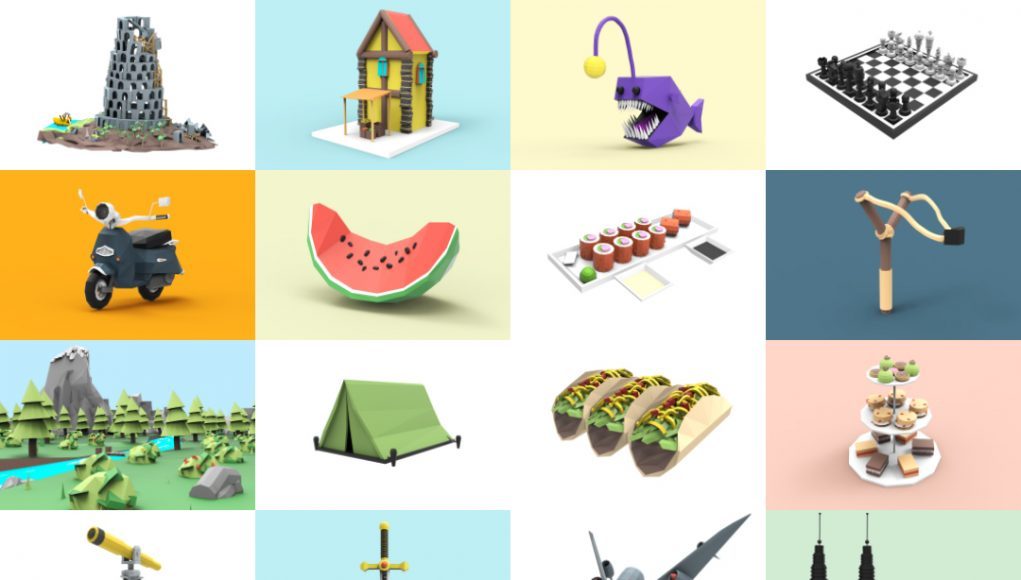Google announced that Blocks, the 3D asset creation tool released for VR in 2017, is following in the footsteps of Tilt Brush by going open source.
Google announced the news in a blogpost, noting that development of Open Blocks is following the example put forth by Open Brush, a version of Google’s Tilt Brush XR creation tool which was open sourced in 2021.
“We now wish to share the code behind Google Blocks, allowing for novel and rich experiences to emerge from the creativity and passion of open source contributors such as the Icosa Foundation,” Google says.
The Icosa Foundation is also known for developing Open Brush and Google Polygon replacement Icosa Gallery.
“Over the coming months, we’ll be working hard to bring the Open Blocks codebase up to modern standards,” Icosa Foundation says in a blogpost. “First up, we’ll be switching to use the OpenXR framework and new input system within Unity, enabling us to target Open Blocks for a much wider range of XR devices. At that point, we will be aiming to create a standalone XR port, and bring Open Blocks to the Quest and Pico platforms. Along the way, there will be plenty of opportunity to add immersive XR features such as MR passthrough.”
The team maintains its long-term roadmap will “transform Open Blocks into a full modelling suite, giving you more control over materials, adding texturing support, and enabling more powerful tools from traditional CSG pipelines.”
The open source archive of the Blocks code can be found on github. Additionally, versions of Google Blocks will remain available on both Steam and the Meta PC Store, although you should not the last time these have received an update was in 2018.







